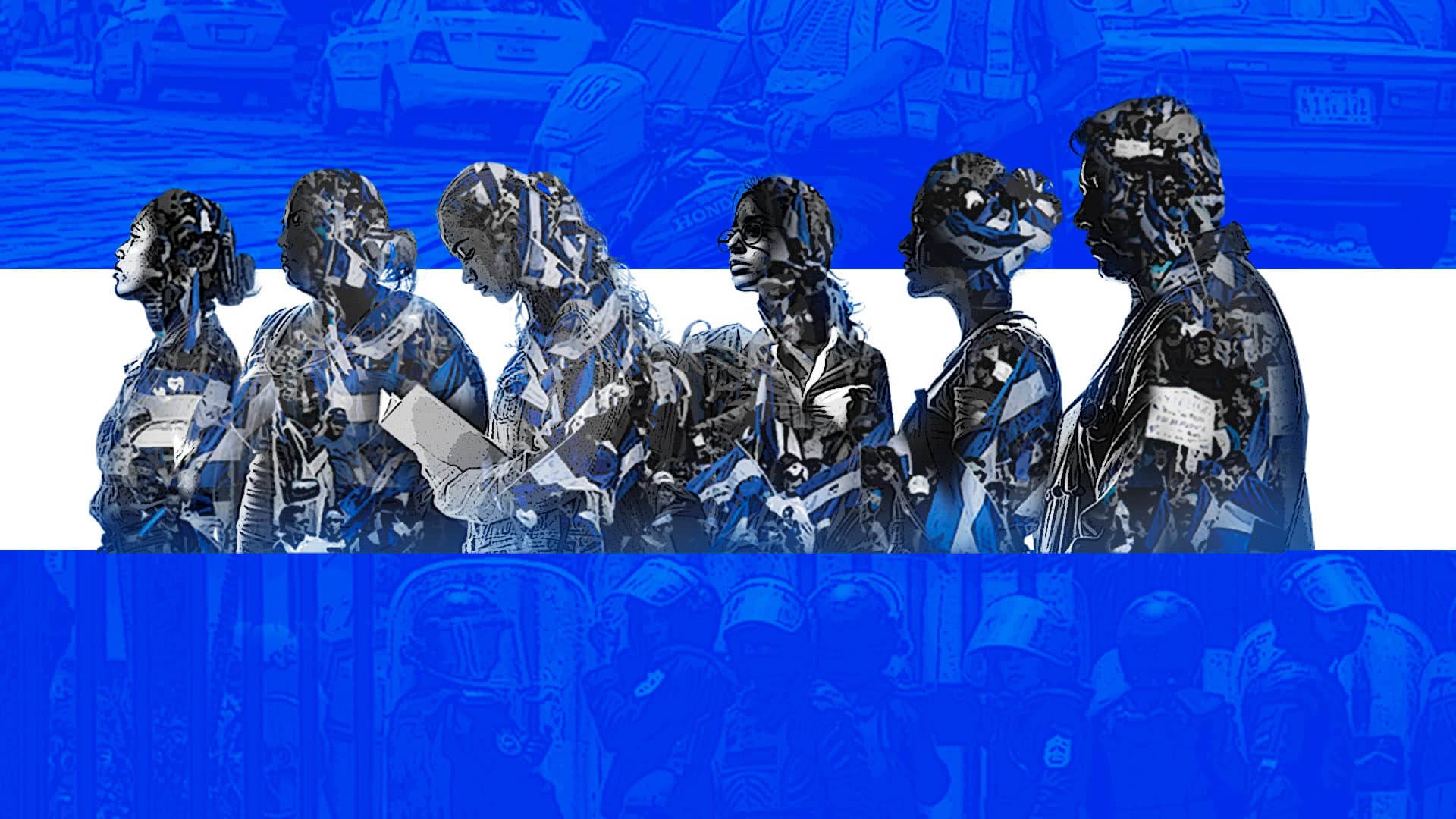14 de febrero 2019

Six Years With April in Tow: Life Under Nicaragua's New 'Normal'

PUBLICIDAD 1M
PUBLICIDAD 4D
PUBLICIDAD 5D
Deployment of weapons includes: AK 47, Dragunov, PKM machine guns, M 16, Remington 700, Jericho 941, Mossberg 500.

Deployment of weapons includes: AK 47
A detailed analysis of the arsenal used by the army of the Ortega regime’s paramilitary forces against the population in Nicaragua during the civic rebellion demonstrates the deployment and use of at least seven types of war weapons, and also suggests that the unit of Tactics and Weapons Police of Intervention and Rescue (TAPIR) was involved in the massacre.
The analysis was carried out by the “Bellingcat“, a portal dedicated to conducting journalistic research from open sources. To analyze the paramilitary arsenal, “Bellingcat” relied on different videos of the repression, the final report of the Independent Group of International Experts (GIEI), and the investigation of Confidencial “They shot accurately: to kill!”, Piece that won the Ibero-American Journalism Prize King of Spain 2018.
“Bellingcat” focuses on two of the most brutal episodes of paramilitary repression: the attack on the UNAN-Managua university and the Church of the Divine Mercy on July 13, and the storming of the city of Masaya on July 17 and 18.
Based on a detailed analysis of the videographic and photographic evidence, “Bellingcat” identifies a deployment of war rifles used by the paramilitaries: AK-74, Dragunov sniper rifle, PKM machine gun, and M16 rifles. But they also found Remington 700 rifles, Jericho 941 pistols, and Soviet-style drum bullet cartridges with a capacity of up to 75 rounds.
In the videos they also found that the paramilitaries used MOTOTRBO brand radio communicators (such as the DP4800, XPR 7000 and Tait TP8100 series). “These radios are sold for commercial and industrial use, and there is evidence to suggest that the TAPIR unit of the National Police has used similar radios in the past, as can be seen in these videos,” says “Bellingcat.”
The Norwegian newspaper Dagbladet recently published an interview with the national police chief, Francisco Díaz, who assured that the paramilitaries were actually, in their majority, professional police officers performing undercover tasks. The rest, he said, were “volunteer policemen”. The statements of the father-in-law of one of the sons of the presidential couple Ortega-Murillo makes clear the responsibility of the institution in the worst massacre committed in Nicaragua since the postwar period. The fatal outcome is more than 325 dead and thousands injured, according to human rights organizations.
“One of the videos shows the close connection between the Nicaraguan police and the paramilitaries. At minute 1:40 in the video, a man in a black uniform appears. The word “POLICE” is written in white on his back. At 1:50, the man turns around and starts walking. When he does, a patch on his right sleeve becomes visible briefly. The patch seems to be that of the TAPIR unit of the National Police “, details” Bellingcat “in a video about the Masaya massacre. “The patch of the man in police uniform on the video (left) seems to be that of the TAPIR unit of the National Police.”
The analysis of “Bellingcat” adds that a common weapon in the hands of the paramilitaries were Mossberg 500 shotguns.
“Confidencial’s investigation offers even more evidence that the government of President Ortega was determined to put an end to the demonstrations in any way. The indiscriminate use of weapons in the hands of paramilitary groups and the police made the type of wounds discovered by Confidencial not only possible, but practically inevitable, “concludes” Bellingcat “.
You can read the research of “Bellingcat” here.
Archivado como:
PUBLICIDAD 3M
Periodista. Destaca en cobertura a violaciones de derechos humanos: desplazamiento forzado, tráfico ilegal en territorios indígenas, medio ambiente, conflictos mineros y ejecuciones extrajudiciales. Premio Iberoamericano Rey de España 2018.
PUBLICIDAD 3D